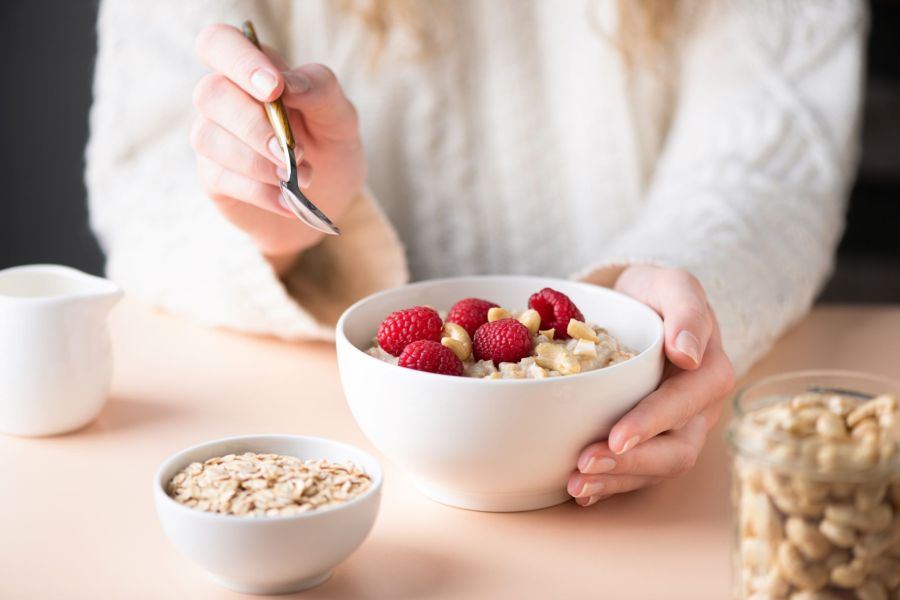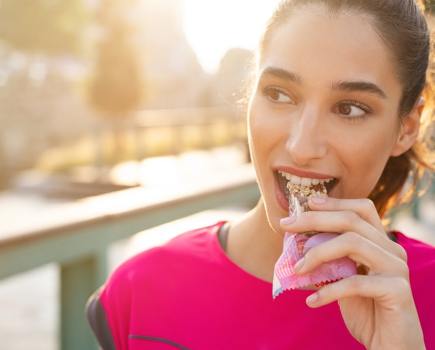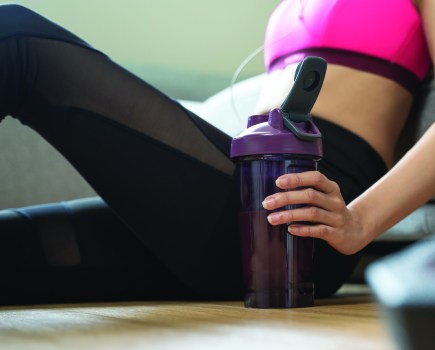Whether it’s foods that make you feel more full and help to prevent you from overeating, or foods that actually boost your metabolism, we reveal the best fat burning choices to help you on your healthy weight loss journey…
If you’re looking to lead a more nourishing lifestyle and begin your healthy weight loss journey, changing your diet and keeping active are the best places to start. Fortunately, this isn’t as difficult as we are often led to believe. It’s simple – eat the food that grows naturally and avoid the food that doesn’t. Stick to homemade over ready meals, and choose the foods that fuel and nourish!
Related: How to avoid Ultra Processed Foods (UPFs)
There are three rules when it comes to healthy weight loss, which are:
- Don’t go hungry
- Create a slight calorie deficit
- Eat protein – but don’t ditch fat and carbohydrates!
The truth is, whichever way you look at it, these three rules are non-negotiable! Confused? Don’t be! Stock up on the following foods and eat your way to a healthier you…
Related: How to read food product labels & packaging
Best fat burning foods to boost metabolism
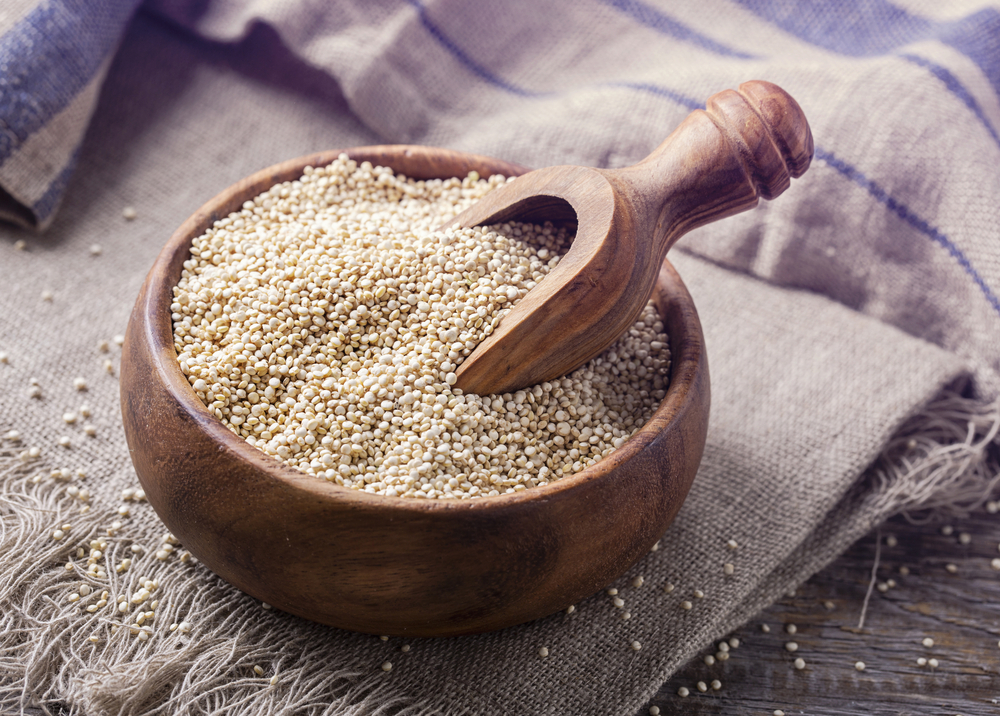
Quinoa
It might look similar to cous cous, but quinoa is actually far superior. It contains almost three times the amount of (complete) protein and it’s a complex carbohydrate to boot. This means it’s perfect for padding out lunchtime salads and keeping tummy rumbles at bay well into the afternoon. Buy it ready cooked for speed and convenience.
Avocado
Poor old fat has been demonised for far too long. Not only do we need fat to burn fat, but it also keeps your brain happy and is the king of satiety. One study, published in Nutrition Journal, proved that those who ate half an avocado with lunch were 40 per cent less hungry for two hours afterwards. But avocado isn’t just for lunch – serve it with breakfast to help quell the mid-morning biscuit cravings!
Lentils
Chewing a tablespoon of lentils takes some time – so imagine how long they take to digest! This is due to their high fibre content, so put simply, they will keep you fuller for longer. Lentils are a high-density, low-calorie food – making them weight-loss friendly. Not to mention they’re also loaded with energy-producing iron – essential for those extra gym sessions!
Brown rice
An easy way to lower the GI of your meal and stabilise your blood sugar level is to simply swap fluffy, white rice for its nuttier counterpart. Brown rice is what your white rice used to look like before it was stripped of its fibrous hull. It’s far fleshier than white rice when it comes to nutritional value, too, as it’s rich in B vitamins and minerals, such as calcium, magnesium and potassium.
Homemade soup
Perhaps you’ve heard that drinking water with your meal will make you feel fuller, quicker. However, a study from Pennsylvania State University found that consuming the same amount of water within a soup with your meal, rather than as a drink, means you’ll go on to eat less of that meal and less throughout the rest of the day! What better way to use up your leftover vegetables?
Eggs
Forget what you think you know about eggs. They are not responsible for high cholesterol, but they are nutrient powerhouses and one of the best sources of protein around, sitting up high on the Satiety Index scale. Hard-boiled eggs are the perfect, pre-packaged snack – just keep the shell on until the last minute to avoid offending sensitive noses in the office!
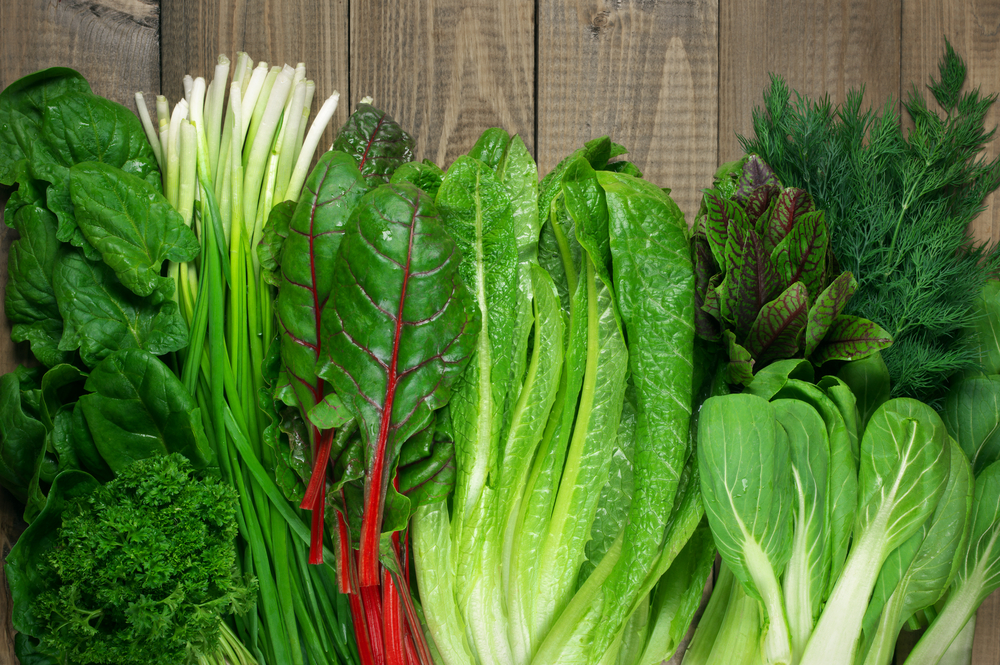
Leafy Green Veg
Kale, spinach, swiss chard and other dark green leafy veg are low in calories but packed with our friend, fibre. You can double (or triple) the size of your meal using leafy greens without doubling the amount of calories. You will, however, boost your body-friendly nutrient and antioxidant intake! Pack them into salads, melt them into pasta dishes, or shred and add to your stir-fries and curries.
Greek yogurt
Put the fruit-flavoured ‘diet’ yogurt down and get yourself to the Greek! It may add a few more calories to the pot initially, but it has a higher protein content and far less sugar. According to a 2015 study published in Food Science And Nutrition, you should aim to consume more of your calories from protein, in order to help with hunger control, preservation of muscle mass and gain better overall calorie-zapping powers.
Try a few heaped tablespoons topped with fresh fruit as a post-workout snack, to soothe your muscles and keep that ‘after cardio’ appetite at bay.
Chilli peppers
Hot herbs and spices are thermogenic. This means they cause thermogenesis – a process within the body that turns calories to heat and thus allows us to utilise them more quickly. Enough said – start spicing up dinners!
Porridge
Cutting out carbs is a common diet myth when it comes to weight loss. Carbs are essential for optimal brain function and they provide energy – something you need if you want to make that HIIT session count! Stick to complex carbohydrates, such as porridge, to give you longer-lasting energy. Try a bowl of oats before bed to balance blood sugar levels and help you sleep soundly until morning. Their high phosphorus content (which you can super boost by adding a tablespoon of mixed seeds) also aids muscle recovery.
Cinnamon
This warming, sweet, super spice helps to control blood sugar levels, which in turn can curb a sweet tooth. Shake generously over
your oats or yogurt in place of honey!
Chickpeas
Researchers in Australia asked a group of volunteers to add a serving of chickpeas to their daily diet for 12 consecutive weeks. Results showed that the participants ate less food – particularly grains – during this chickpea-fuelled three months! Make like our friends down under and add these knobbly legumes to your stews and soups.
Or blend with some good-quality olive oil, lemon juice and garlic, to whip up homemade hummus in a flash.
Dark Chocolate
Chocolate for weight loss? Not quite. But denying yourself everything you enjoy won’t work long term. Damage limitation is the
key to this one – opt for a couple of squares of good-quality dark chocolate in the evening and you’ll not only satisfy a sweet tooth, but you’ll get the added benefits of heart-friendly flavonoids and cholesterol-lowering nutrients, too!
Popcorn
Ditch the crisps for this movie favourite and not only will you consume fewer calories, you’ll also boost heart health and protect against age-related disease, thanks to the polyphenols and antioxidant properties of the mighty popped corn!
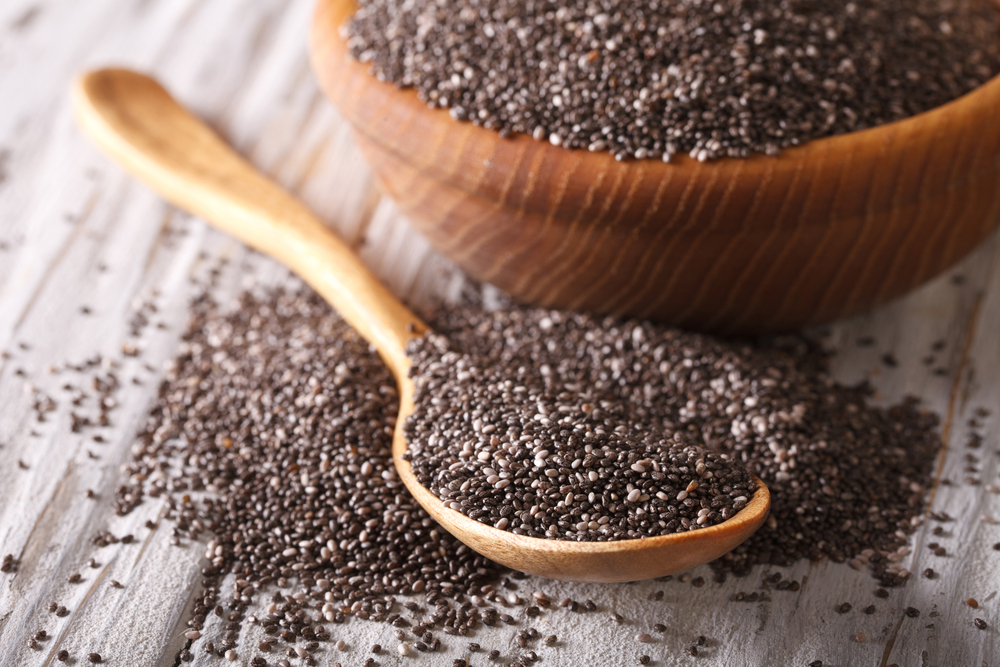
Chia seeds
These trendy little seeds magically expand in water (and in your stomach!), so they keep you satisfied for hours. It’s not really magic – it’s lots of indigestible fibre! The nutritional profile of chia seeds shows that they are high in carbs, but because the majority of those carbs are fibre, you won’t get the same insulin spike that comes with your average high-carb food. Chuck them over your muesli or into a smoothie for a gut-filling fix.
Cold, boiled spuds
When cooled, white, boiled potatoes develop large amounts of resistant starch – a substance similar to fibre – which keeps you full for an age. Slice your leftover boiled tatties and add to a frittata, for a filling brunch or hearty lunch.
Xylitol
On the whole, artificial sweeteners should be avoided at all costs. Not only are they chemically loaded, but they also do nothing to stop sugar cravings, as they still wreak havoc on your blood sugar levels. However, xylitol – an extract from the South American stevia plant and a far more natural product than the name suggests – contains no calories at all, is 300 times sweeter than sugar, has absolutely no effect on blood sugar and even helps to whiten your teeth!
Nuts
The British Journal of Nutrition conducted a study in 2009, which found that those who ate the most unsaturated fatty acids had a lower body mass index and less fat around their middles. They found this was primarily because those eating more unsaturated fats were eating foods of a higher overall quality.
Still a fat-phobe? Nuts also contain vitamin E, which can actually help to prevent a fatty plaque build-up in your arteries! Not to mention they taste great, too. Try adding 25g of mixed, unsalted nuts (not including peanuts) to your daily fruit snack, or top two oatcakes with a heaped teaspoon of almond or cashew nut butter.
Oily Fish
Fish such as salmon, mackerel, trout and herring are renowned for their beneficial, anti-inflammatory healthy fats. They also contain iodine – a nutrient essential for a properly functioning thyroid that in turn is responsible for the optimal running of your metabolism.
Cruciferous Veg
Vegetables that take some chewing, such as broccoli, cauliflower and Brussels sprouts, are high in fibre and contain more protein than water-based salad vegetables. Try roasting them and adding to salads, or better yet, keep them raw and dunk in hummus!

